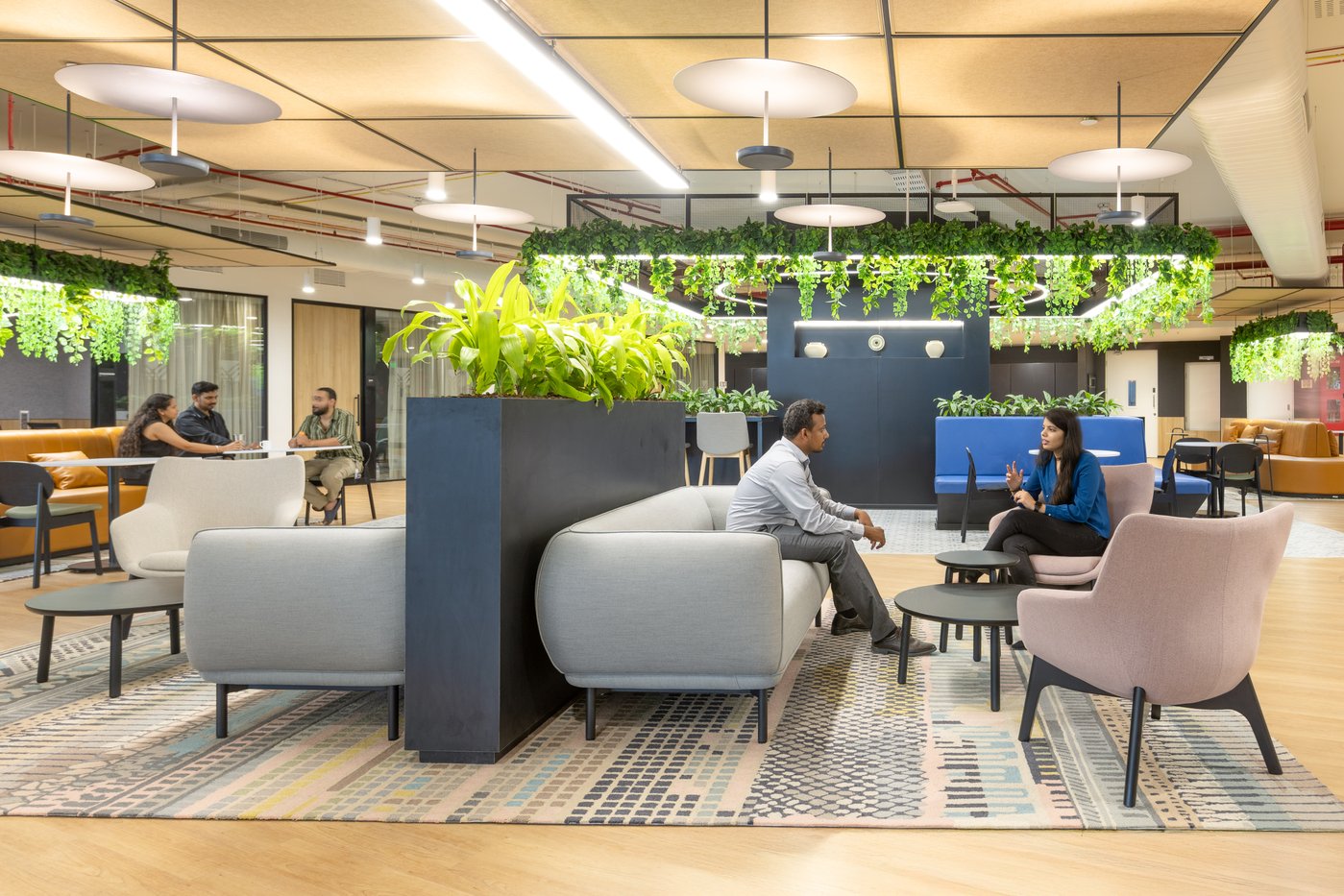From Flexibility to Strategy: Rethinking the Economics of Workspace Decisions | Swatasiddha Majumdar Speaks to CoreNet Global Part 10

The flexible workspace market has shifted from being an optional convenience to a core business strategy. As organizations face growing uncertainty around workforce needs, the choice between building dedicated space or partnering with providers is no longer just a real estate decision — it’s a question of agility, resilience, and long-term value.
A market transformed by volatility
In 2023, flexible workspaces accounted for a global market value of $45.1 billion. By 2031, that figure is projected to nearly triple, reaching $129.89 billion with a CAGR of 14.14%.
Technology firms, project-driven industries, and enterprises with fluid headcount projections are driving this growth. Already, 86% of large corporations incorporate flexible workspace into their real estate portfolios. In markets like India, flex space now represents nearly 20% of total office leasing — a clear sign of how deeply it has embedded itself into corporate real estate strategies.
But with this mainstream adoption comes a critical strategic dilemma: should organizations build their own flexible infrastructure, or partner with providers?
 Award-winning flexible workspace of ANSR in Bangalore
Award-winning flexible workspace of ANSR in Bangalore
Build vs. partner: the economics of choice
The study shows that while partner models deliver 33.3% cost savings over traditional offices and allow deployment in as little as 1–30 days, build strategies offer greater operational control and long-term ROI potential.
-
Build strategies suit stable, large-scale organizations (500+ employees) with predictable growth and specialized needs. They require capital investments of $500k–$2M and 6–18 months of development time, but deliver maximum oversight and customization.
-
Partner strategies enable rapid scaling, low upfront investment, and risk distribution across providers — making them ideal for businesses where headcount volatility exceeds 25%.
For most organizations, the partner route scores higher overall (83.3% vs. 63.3%) when factoring in cost, speed, and agility.
 Radar chart comparing Build vs Partner strategies showing
Radar chart comparing Build vs Partner strategies showing
partner strategy’s advantages in capital efficiency and speed,
while build strategy excels in control and long-t erm ROI
Why volatility changes everything
Office utilization is far from consistent. Research shows a 23.2-point swing in occupancy between midweek peaks and Friday lows. Traditional office models, built for steady usage, simply can’t align cost with fluctuating demand.
Flex space flips that equation. With usage-based models and the ability to scale up or down quickly, organizations can ensure their space strategy reflects the real rhythm of their workforce.
 Weekly office occupancy rate showing major volatility with 23.2
Weekly office occupancy rate showing major volatility with 23.2
percentage point fluctuation between peak mid-week and Friday
Balancing opportunity with risk
Of course, flexibility isn’t risk-free. Data shows that 28% of coworking spaces fail within two years, and 63% within five. Organizations must weigh provider stability, financial health, and service quality when entering partnerships.
On the flip side, build strategies internalize risk — requiring expertise in facility management, compliance, and infrastructure. While they offer control, they also concentrate exposure.
The most resilient approaches often mix both models. Hybrid strategies give organizations the freedom to experiment with flex providers while maintaining stable core hubs.
Making the right choice
The decision between building and partnering isn’t binary — it’s situational.
- Partnering works best for companies needing rapid deployment, low capex, and adaptability.
- Building works best for enterprises with scale, stability, and the resources to manage complexity.
- Hybrid models work best for organizations in transition, balancing stability with flexibility.
Across all scenarios, success hinges on aligning workspace strategy with workforce realities — not the other way around.
The bigger picture
Flex space is no longer just a stopgap for uncertain times; it’s a core enabler of modern business strategy. As the market accelerates toward $130 billion by the end of the decade, organizations that develop sophisticated evaluation frameworks — blending cost metrics with qualitative needs — will be best positioned to thrive.
In today’s world, the real question isn’t whether to adopt flexible space. It’s how — and whether you build, partner, or blend both approaches to design a strategy that keeps pace with constant change.





About Swatasiddha Majumdar, Principal, Strategy, India

Swatasiddha Majumdar is the Principal, Strategy at Unispace India, a global design and build firm that specializes in workplace strategy, design, project management, and construction. With over two decades of professional experience, Swatasiddha leads the strategic initiatives at Unispace, where he focuses on architecture, workplace strategy, and project integration management.
He holds a Bachelor of Architecture & Planning from the Indian Institute of Technology, Roorkee (1996-2001) & Postgraduate in Advanced Programme in Product Marketing from Indian Institute of Management, Calcutta.
Follow Swatasiddha Majumdar on LinkedIn.


